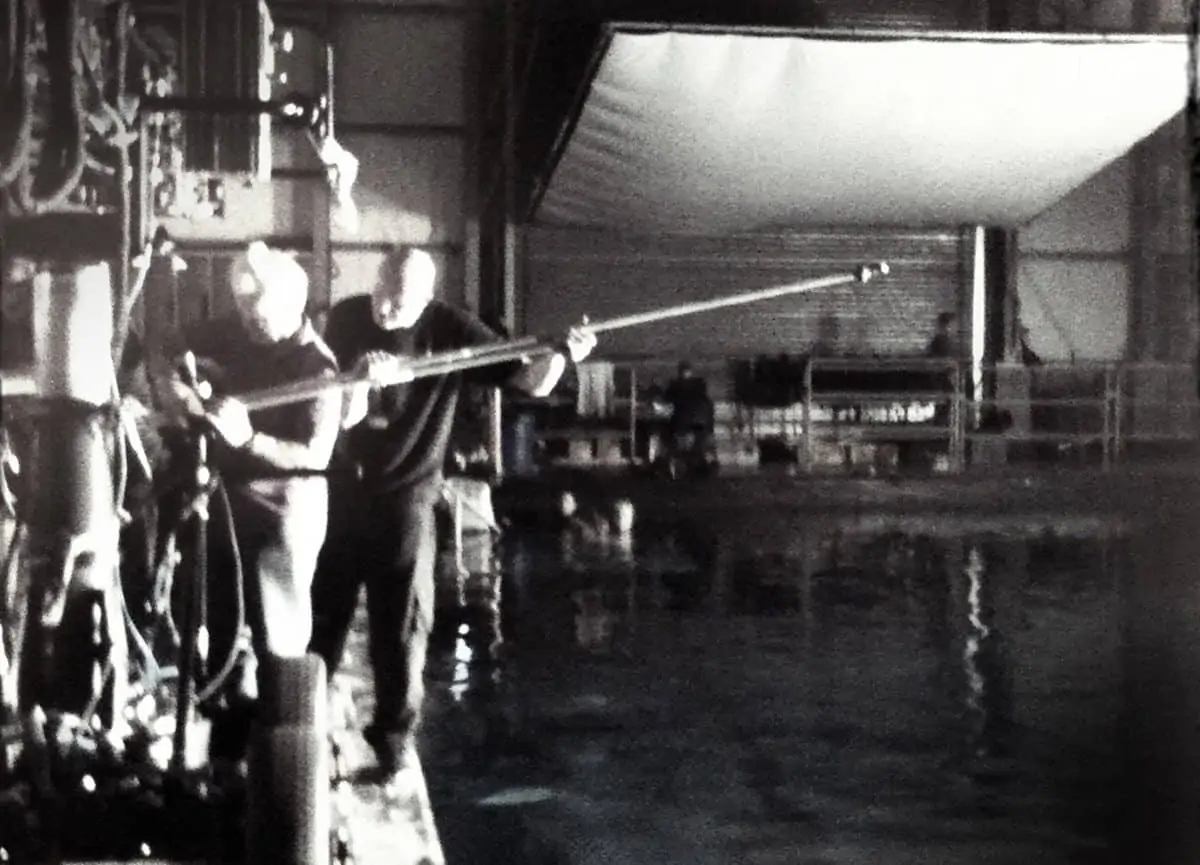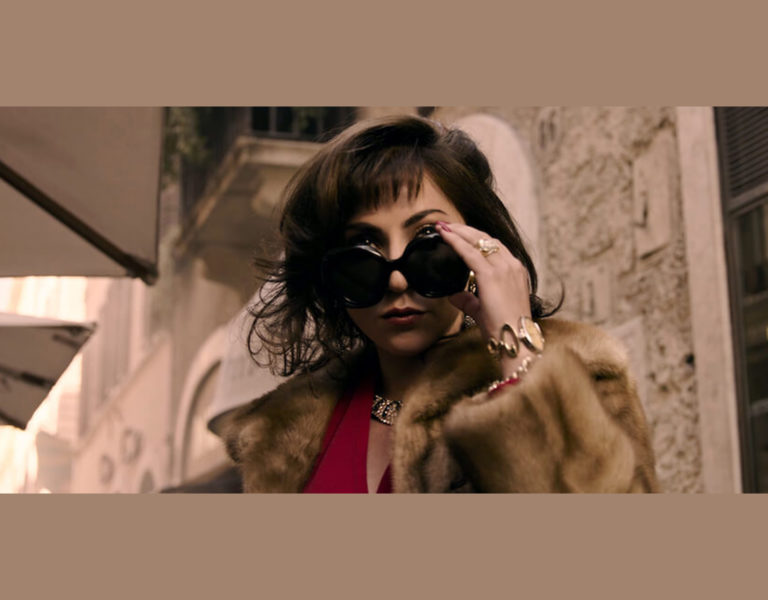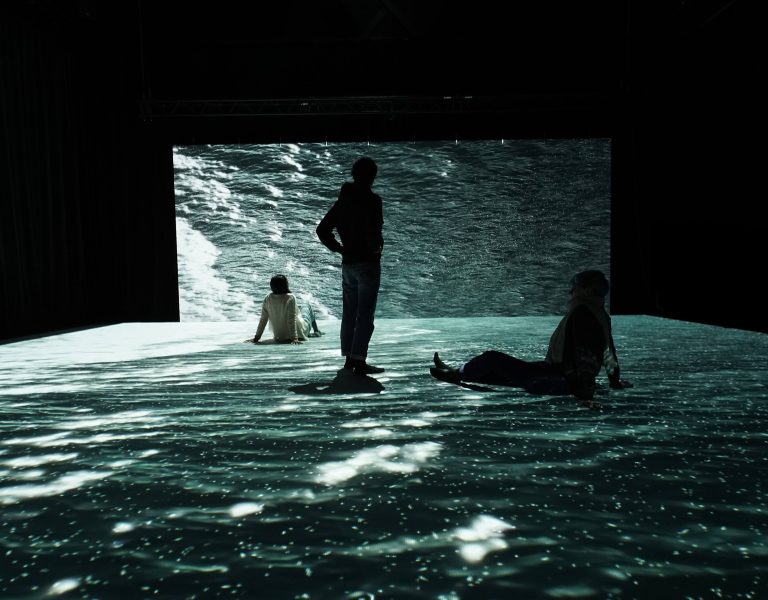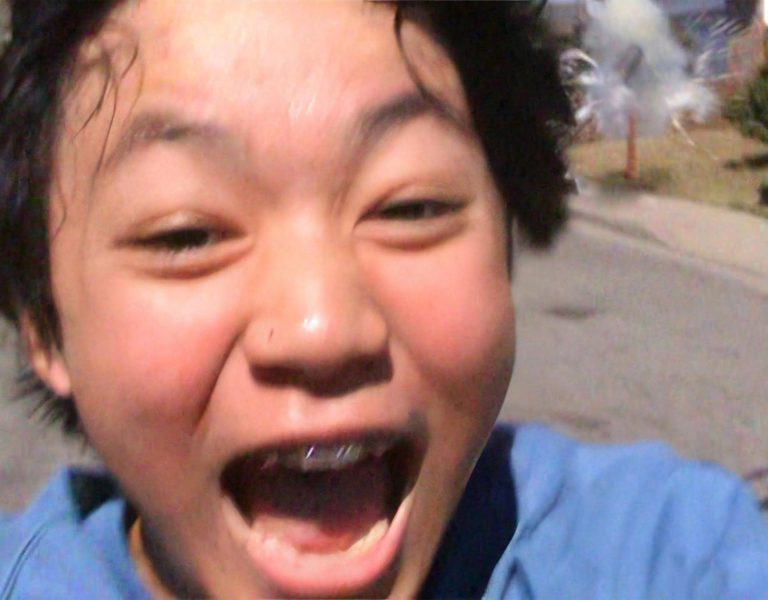
Cinematographer Natasha Braier ASC CDF is no stranger to making use of unusual lighting in her filmmaking, from the vivid psychological thriller The Neon Demon to the emotionally charged Honey Boy. On her most recent feature, the investigative journalistic drama, She Said (Plan B/Anapurna/Universal), Braier took her propensity for experimentation to into Long Island City’s virtual production facility, Carstage.
The She Said team was midway into their shooting schedule when production decided to shoot on a virtual LED stage. “We had to do some car work for a scene where they go to the Hamptons, but it was not possible in our schedule to dedicate a day to go all the way there,” explains Braier. They needed an alternative. “I thought the film had to be realistic and truthful to reality. So we tried to shoot it in a way that it also felt very real. I didn’t want to do green screen. Even if you can do a very good green screen; it just didn’t feel right with the rest of the approach. So we thought of doing it at Carstage.”
It was Braier’s first-time shooting driving scenes at Carstage. Third Law Productions/Plate Pros, which specializes in driving footage, captured the plates for the New York City and Hamptons driving scenes. She says, “We found locations in the map that seemed right in terms of orientation and lengths, and they went and shot that.”
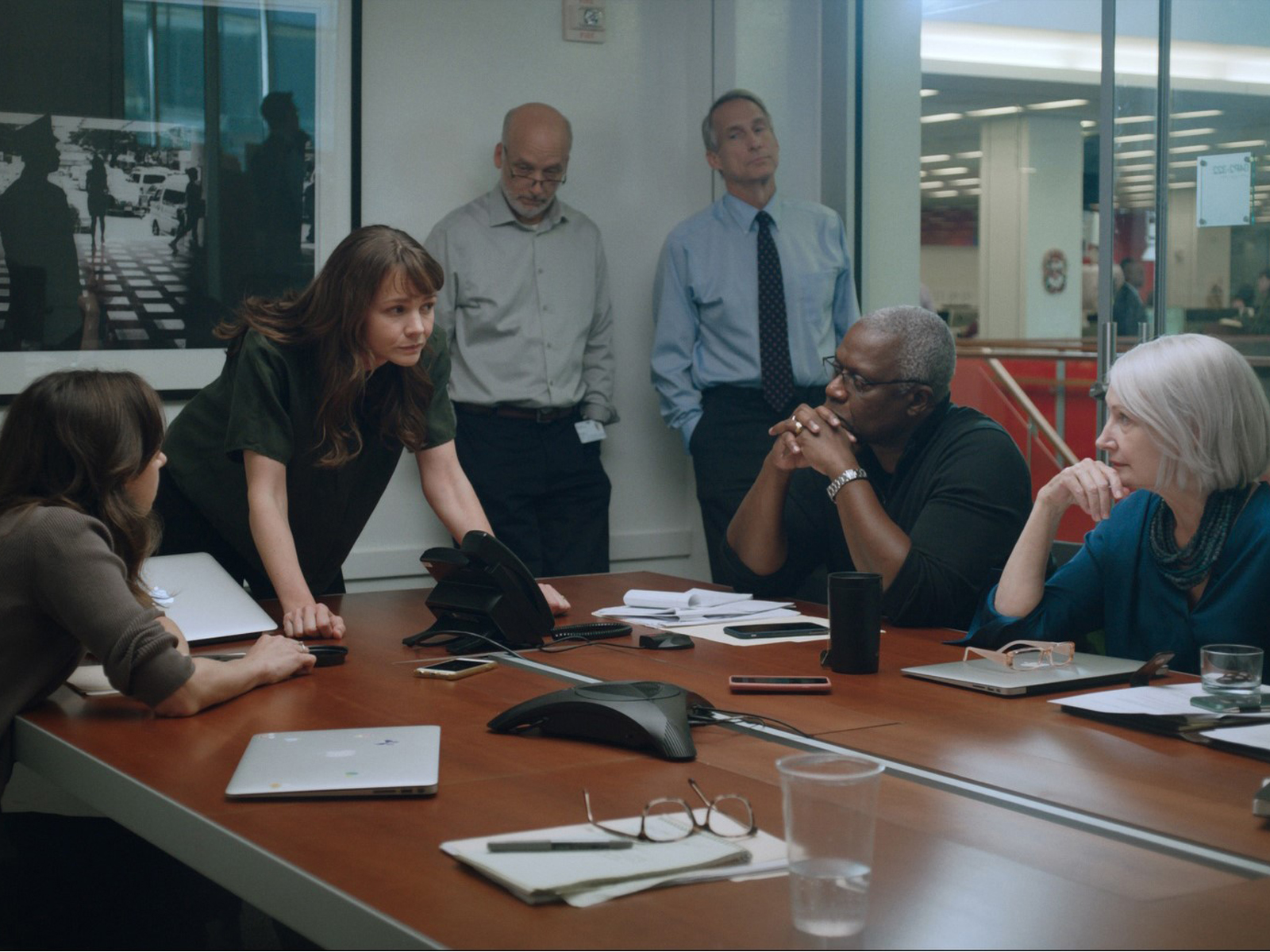
With limited time to prep and an already packed production schedule, Carstage invited Braier to come to the facility on a weekend prep day and immerse herself in the technology.
During her test day, Braier was able to play around with the footage and began to challenge herself to find the most effective way to integrate the LED screens into her approach. “I figured out how the size of the screens, with the type of shots that I needed to do in the car, would dictate a certain angle, and a certain closeness of the screen to the cars. That wouldn’t leave a lot of room for us to light the talent with any other lights, as I’ve done in the past.”
Braier began to experiment with using the screens themselves as primary lighting sources. “We devised a way in which we created the lights inside the screen. Everything in the on-camera screen that was in shot was driving footage. Everything else that was still screen, but not in the shot, became my lighting. If there was too much front lights, I would make half of the screen black, like a black flag. Then instead of adding actual lights, I would create lights.”

The dynamic controllability of the virtual environment allowed Braier to create moving and responsive light sources that tracked footage and organically reflected the in-motion scenery. “It was really fun to start to play using the image as a lighting source. We started drawing black squares, black rectangles, and white rectangles. We started drawing all these lights.”
Using the native Carstage technology became a big time-saver for the production. Instead of taking time to move and adjust lights, the controls were at their fingertips. “For the camera it’s great, because you get the lighting changes, you get the interaction with the glass and all the surfaces of the car. It’s all very, very real.”

